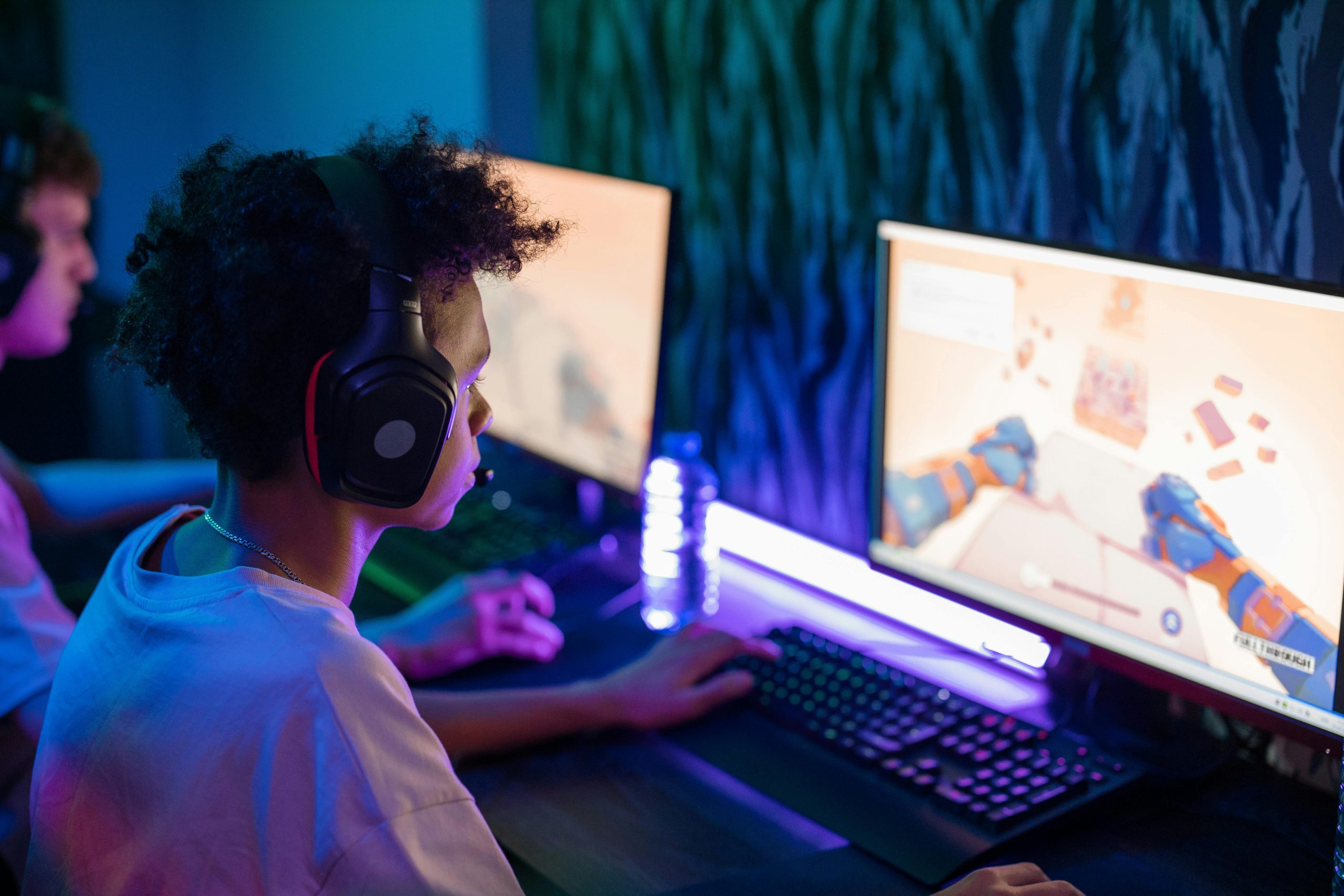Troubleshooting Frequent PC Crashes: Black Screen, Overactive Fans, and Boot Difficulties During Gaming
Experiencing frequent crashes and boot issues can be a frustrating experience, especially when your gaming session gets interrupted by unexpected hardware behavior. If your PC is shutting down with a black screen, fans spinning uncontrollably, and requiring multiple attempts to start up, you’re not alone. These symptoms often point to underlying hardware or software issues that need to be addressed systematically.
Understanding the Symptoms
Common indicators include:
- Sudden loss of display output during gaming or demanding applications.
- Overly loud fan noises, suggesting abnormal hardware activity.
- Difficulty powering on the system; fans spin, lights turn on, but the system does not fully boot on the first attempt.
Potential Causes and Troubleshooting Steps
- Graphics Card or GPU Problems
The black screen during gameplay frequently suggests issues with the graphics card or its connection. Possible causes include:
- Overheating GPU leading to shutdown to prevent damage.
- Driver conflicts or outdated graphics drivers.
- Loose or faulty graphics card seating.
Actions to Take:
- Reseat the GPU, ensuring it is securely connected.
- Update graphics drivers from the manufacturer’s website.
- Monitor GPU temperatures during gameplay with tools like MSI Afterburner.
-
Test with integrated graphics if available to rule out GPU failure.
-
Power Supply and Electrical Issues
Unusual fan behavior and boot problems may stem from power delivery issues:
- Insufficient wattage or failing power supply unit (PSU).
- Faulty power cables or connections.
- Voltage fluctuations affecting hardware stability.
Actions to Take:
- Check all power cables, ensuring they are properly connected.
- Test with a known-good PSU if possible.
-
Use a multimeter or a PSU tester to verify output voltages.
-
Motherboard and Connections
Loose or damaged cables, or motherboard issues, can also contribute:
- Inspect all internal cables and connections.
- Look for signs of physical damage or burnt components.
- Reset BIOS settings to default.
Actions to Take:
- Clear CMOS to reset BIOS.
- Remove and reinsert RAM modules.
-
Run hardware diagnostics if your motherboard supports it.
-
Software and Drivers
Software conflicts may also cause instability:
- Corrupted system files or outdated drivers.
- Background applications interfering with gaming.
Actions to Take:
- Run a system file check (SFC /scannow).
-
Ensure all drivers, especially GPU and chipset drivers, are up to date.
Share this content:



